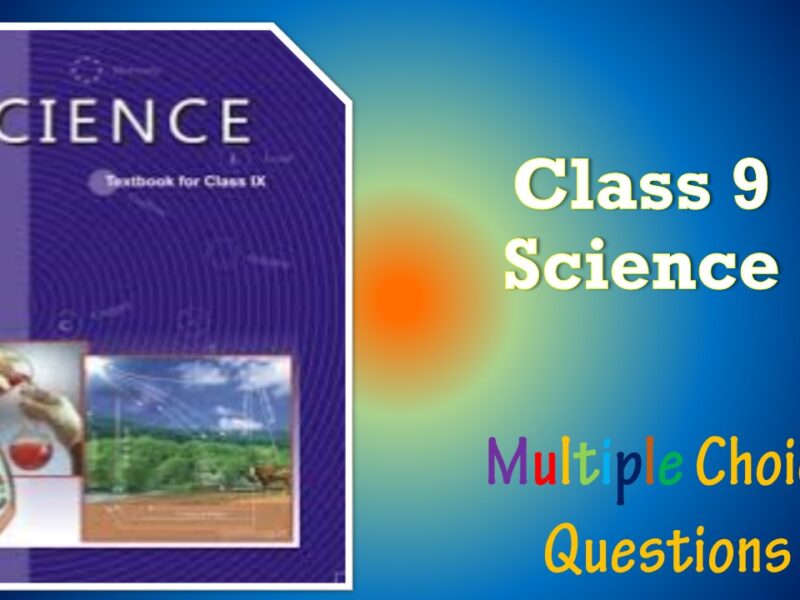CBSE Class 12 Biomolecules with Answers Multiple Choice Questions with Answers. MCQ Questions Class 12 Biomolecules with Answers with Answers Is Prepared Based on Latest Exam Pattern. Students can solve NCERT Class 12 Biomolecules with Answers MCQs with Answers to know their preparation level.
Students who are searching for NCERT MCQ Questions for Class 12 Biomolecules with Answers with Answers are compiled here to get good practice on all fundamentals. Know your preparation level on MCQ Questions for Class 12 Biomolecules with Answers with Answers. You can also verify your answers from our provided MCQ Class 12 Biomolecules with Answers with Answers. So, ace up your preparation with MCQ of Class 12 Chemistry Examinations.
MCQ Questions Class 12 Biomolecules with Answers - Set - 2
Question 1:
Number of chiral carbons in b-D-(+) glucose is
(a) five
(b) six
(c) three
(d) four.
Correct Answer – (D)
Question 2:
Which one of the following does not exhibit the phenomenon of mutarotation?
(a) (+)–Sucrose
(b) (+)–Lactose
(c) (+)–Maltose
(d) (–)–Fructose
Correct Answer – (A)
Question 3:
Which of the following hormones contains iodine?
(a) Testosterone
(b) Adrenaline
(c) Thyroxine
(d) Insulin
Correct Answer – (C)
Question 4:
Which of the following has a branched chain structure
(a) Amylopectin
(b) Anylose
(c) Cellulose
(d) Nylon
Correct Answer – (A)
Question 5:
Which one of them is not a protein?
(a) Wool
(b) Nail
(c) Hair
(d) DNA
Correct Answer – (D)
MCQ Questions Class 12 Biomolecules With Answers
Question 6:
Fructose reduces Tollens’ reagent due to
(a) asymmetric carbons
(b) primary alcoholic group
(c) secondary alcoholic group
(d) enolisation of fructose followed by conversion to aldehyde by base
Correct Answer – (D)
Question 7:
Which one of the following is a peptide hormone?
(a) Adrenaline
(b) Glucagon
(c) Testosterone
(d) Thyroxine
Correct Answer – (B)
Question 8:
Glucose reacts with acetic anhydride to form
(a) Monoacetate
(b) Tetraacetate
(c) Penta-acetate
(d) Hexa-acetate
Correct Answer – (C)
Question 9:
The helical structure of protein is stabilized by:
(a) Peptide band
(b) Dipeptide band
(c) Hydrogen bands
(d) vander Waal’s forces
Correct Answer – (C)
Question 10:
The protein responsible for blood clotting is
(a) Albumins
(b) Globulins
(c) Fibroin
(d) Fibrinogen
Correct Answer – (D)
- NCERT Solutions Class 11 Chemistry Chapter 1 : Some Basic Concepts of Chemistry
- NCERT Solutions Class 11 Chemistry Chapter 2 : Structure Of The Atom
- NCERT Solutions Class 11 Chemistry Chapter 3 : Classification of Elements and Periodicity in Properties
- NCERT Solutions Class 11 Chemistry Chapter 4 : Chemical Bonding and Molecular Structure
- NCERT Solutions Class 11 Chemistry Chapter 5 : States of Matter
- NCERT Solutions Class 11 Chemistry Chapter 6 : Thermodynamics
- NCERT Solutions Class 11 Chemistry Chapter 7 : Equilibrium
- NCERT Solutions Class 11 Chemistry Chapter 8 : Redox Reactions
- NCERT Solutions Class 11 Chemistry Chapter 9 : Hydrogen
- NCERT Solutions Class 11 Chemistry Chapter 10 : The s-Block Elements
- NCERT Solutions Class 11 Chemistry Chapter 11 : The p-Block Elements
- NCERT Solutions Class 11 Chemistry Chapter 12 : Organic Chemistry: Some Basic Principles and Techniques
- NCERT Solutions Class 11 Chemistry Chapter 13 : Hydrocarbons
- NCERT Solutions Class 11 Chemistry Chapter 14 : Environmental Chemistry




